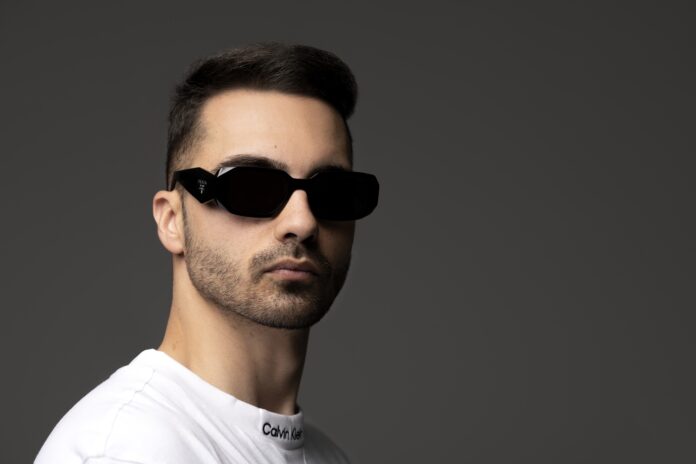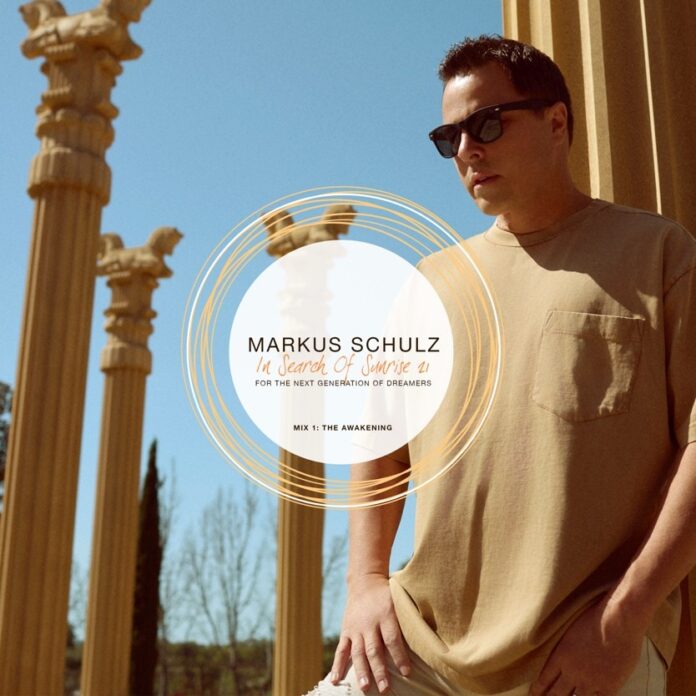When placed next to each other, Netflix's two Godzilla anime might seem like night and day. While Polygon Picture's Godzilla movie trilogy tells a serious apocalypse story, Godzilla: Singular Point looks far goofier and light-hearted based on its trailer. The central characters, in direct contrast to the prior grizzled survivalists and adventurer, are soft-faced characters who look more cute than dangerous. They also have a dog. Godzilla: Singular Point will feature a redesigned King of the Monsters, but it will also bring back some of the cheesiest Godzilla characters like the beloved Jet Jaguar.
This integration of serious and goofy is on-brand for Godzilla. Ever since the Showa Era took steered Godzilla from a metaphor for nuclear war into the realm of kaiju superherodom, Godzilla has been quite the cheesy, goofy character. It seems like Godzilla: Singular Point is ready to embrace both the mature and childlike elements of the character.
Godzilla in the '60s and '70s
Between the American Monsterverse's Lovecraftian approach to Godzilla and his kaiju as Titans who can reshape the planet, the cosmic overgrowth of the Polygon Pictures trilogy and Shin Godzilla's nightmare-fuel monstrosity, Godzilla in the 2010s has been defined by overwhelming and serious stakes. However, this was not always the case.
While the original 1954 Gojira was a darker horror film, all the Godzilla films between Godzilla Raids Again in 1955 and The Return of Godzilla in 1984 were deliberately goofy. Most of the films featured aliens coming down to instigate conflict between the monsters, sometimes via mind control. While the monster fighting would often be the key appeal, the human drama would also aim for the absurd. King Kong vs. Godzilla features a conflict orchestrated by a company hoping to get publicity off of King Kong. Ghidorah, the Three-Headed Monster is half about the threat Ghidorah poses to Earth and half about an assassination attempt on a princess possessed by the spirit of a prophet from Venus.
The monsters themselves are also ridiculous and designed to appeal to children. In fact, Jet Jaguar was designed by a Japanese schoolboy as part of a contest. Other monsters, like Godzilla's son, serve as comic relief. This is to say nothing of how silly Godzilla himself could be. Starting with Mothra's fairies getting offended by Godzilla's foul language in Ghidorah, the Three-Headed Monster, Godzilla would often enjoy some of his film's most ridiculous moments, from copying the famous "Sheeh!" pose from Osomatsu-kun to flying through the air with his radioactive breath to repeatedly drop-kicking Megalon.
Godzilla: Singular Point May Be a Throwback We Need
It's only after 1984's The Return of Godzilla that directors began attempting to make Godzilla more scary than silly. Of course, there have been exceptions. In Godzilla: Final Wars, Godzilla kicks Anguirus like a soccer ball into King Caesar before blowing up his American remake counterpart and the Sydney Opera House.
Of course, even the more "serious" Godzilla films get unintentionally goofy. Many are so over-the-top or scientifically ridiculous it's hard to take them seriously. The fan-favorite Godzilla vs. King Ghidorah features such a loose interpretation of time travel, alternate realities, and how dinosaurs exist that the film is sometimes hilarious.
Silliness and irreverence are necessary for the monster's continued relevance. We've become oversaturated with self-serious Godzilla content. What Godzilla: Singular Point might do is harken back to Godzilla's cultural peak. While serious takes can be amazing every now and then, kaiju films are generally at their most creative when they embrace ridiculousness, and a lighter Godzilla anime could be exactly what we need.
About The Author

